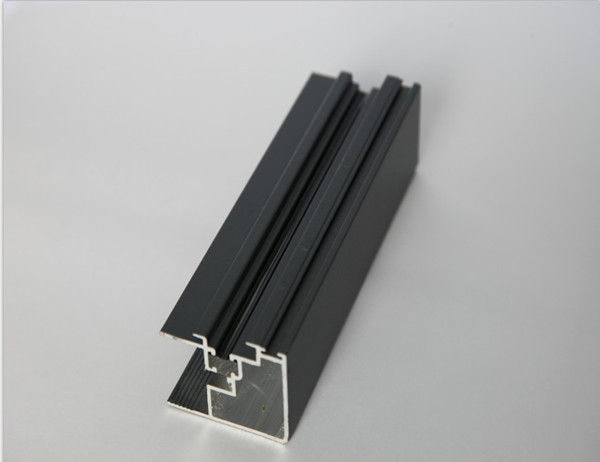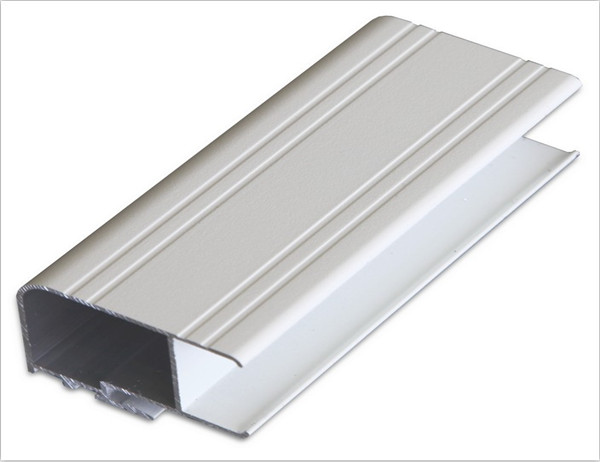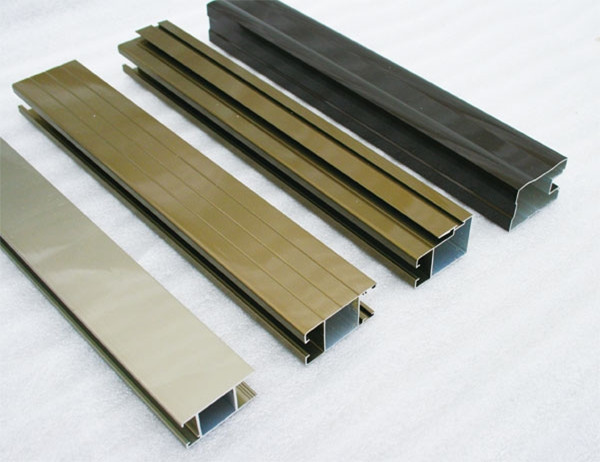When it comes to heat sinks, there are two main materials that are commonly used: aluminum and copper. Both of these materials have their own unique advantages and disadvantages, and choosing between them can be a crucial decision for engineers and designers. In this article, we will provide a comparative analysis of aluminum heat sinks and copper heat sinks, highlighting their respective advantages and disadvantages.
Advantages of Aluminum Heat Sinks:
Cost-Effective: Aluminum is significantly cheaper than copper, making it an excellent investment for those on a budget.
Better Conductivity: Aluminum has a higher thermal conductivity than copper, making it an excellent heat exchanger and a better choice for dissipating heat.
High Thermal Conductivity: Aluminum alloys have a very high level of thermal conductivity, which makes it perfect for heat sinks.
Malleability: Aluminum alloy is extremely malleable, allowing for more intricate designs and reduced weight.
Reduced Weight: Aluminum extrusion results in heat sinks with reduced weight and greater strength.
High Temperature Resistance: Aluminum has a high melting point, making it suitable for high-temperature applications.
Disadvantages of Aluminum Heat Sinks:
Lower Durability: Aluminum is not as durable as copper, making it less suitable for applications where high durability is required.
Lower Thermal Conductivity than Copper: While aluminum has a high thermal conductivity, copper has an even higher thermal conductivity, making it a better choice for some applications.
Corrosion: Aluminum is susceptible to corrosion, particularly in high-temperature and high-salinity environments.
Advantages of Copper Heat Sinks:
Higher Durability: Copper is more durable than aluminum, making it a better choice for applications where high durability is required.
Higher Thermal Conductivity: Copper has a higher thermal conductivity than aluminum, making it an excellent heat exchanger and a better choice for dissipating heat.
High Temperature Resistance: Copper has a high melting point, making it suitable for high-temperature applications.
Good Conductivity: Copper is a good conductor of electricity, making it suitable for applications that require electrical conductivity.
Disadvantages of Copper Heat Sinks:
Cost-Effective: Copper is more expensive than aluminum, making it less suitable for those on a budget.
Lower Thermal Conductivity: While copper has a high thermal conductivity, aluminum has a higher thermal conductivity, making it a better choice for some applications.
Lower Malleability: Copper is less malleable than aluminum, making it more difficult to create intricate designs.
Conclusion: In conclusion, both aluminum and copper heat sinks have their own unique advantages and disadvantages. The choice between them depends on the specific requirements of the application. Aluminum heat sinks are a cost-effective and efficient option for applications where heat dissipation is the primary concern, while copper heat sinks are more durable and have a higher thermal conductivity, making them a better choice for applications where high durability is required. Ultimately, the choice between aluminum and copper heat sinks should be based on a careful evaluation of the specific requirements of the application.




